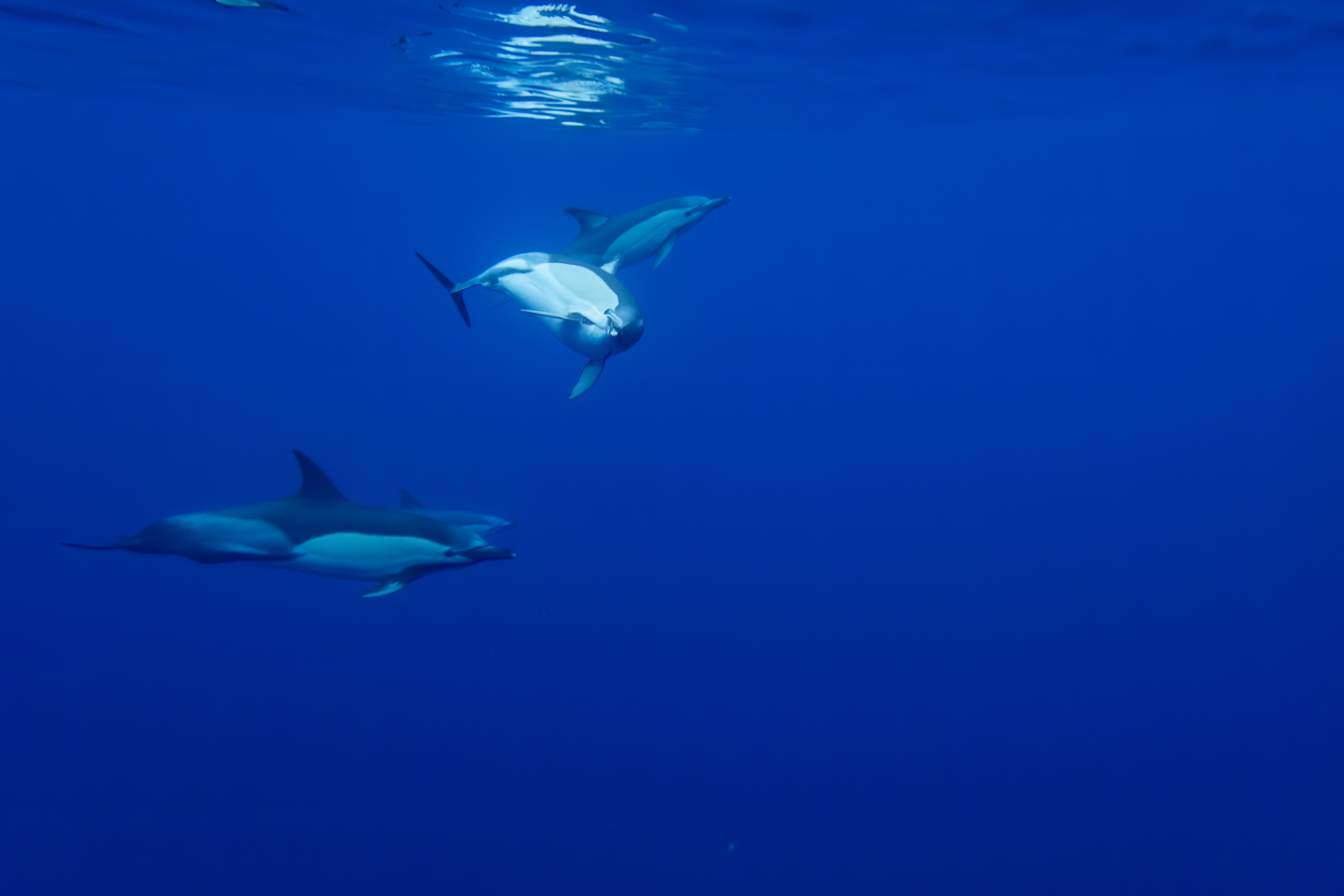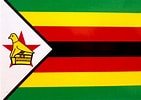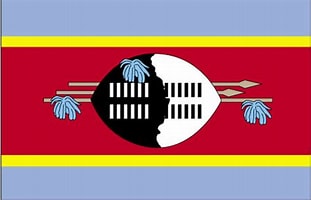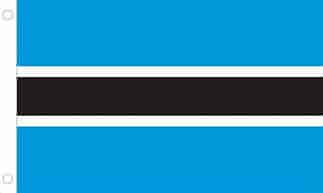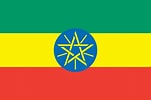Government also provided capacity building and data needs related to these regional priorities. Workshops with technical partners then identified potential areas for collaboration with respect to these priorities and the related capacity building and data needs. Analysis was then done on the identified priorities and needs from Eastern and Southern Africa to prepare regional priorities for ESA and proposed activities aligning with these. The five focal areas identified for BIOPAMA in the ESA region, as well as potential activities for 2019-2023 are:
- Policy and legislation related to protected area governance and equity, and protected area management effectiveness
- protected area governance and equity, and protected area management effectiveness assessments (management planning and implementation)
- practical action in terms of governance, equity and management effectiveness
- Innovative financing solutions and business capacity
- Strengthening the integration of protected area governance and equity, and protected area management effectiveness into multiple sectors, relevant policies and across political boundaries.
The BIOPAMA activities including the implementation of the Regional Resource Hub, capacity development support, and development of reports such as “State of Protected Areas” will be aligned with those areas of work.
The Eastern and Southern Africa region implements the three BIOPAMA components: the Reference Information System, the BIOPAMA Regional Resource Hub (the regionally-tailored identity of the BIOPAMA Observatory) and the BIOPAMA Action component, the grant-making facility.
Regional Implementing Partner
In Eastern and Southern Africa (ESA), as part of BIOPAMA engagement at a regional level, the programme collaborates with the Regional Economic Communities (RECs): East African Community (EAC), Intergovernmental Authority for Development (IGAD), Southern African Development Community (SADC) and Indian Ocean Commission (IOC). Their role is to assist with the development of priorities for the RECs needs and the operationalisation of the Regional Reference Information System (RRIS) within their respective RECs.
The Regional Observatory hosted at RCMRD is known as the Regional Resource Hub (RRH). The RECs also provide contacts and support to IUCN, JRC and the RRH host to identify the region’s main data needs and information requirements, collection of relevant data from partner countries. In addition, they collaborate to determine useful analytical and decision making tools and products for their region together with the preparing of policy briefs and determining thematic areas for the regional State of Protected Areas (SoPA) report. The RECs also assist with communication to higher level decision-makers, ensuring that the RRH products play an important role in policy.









